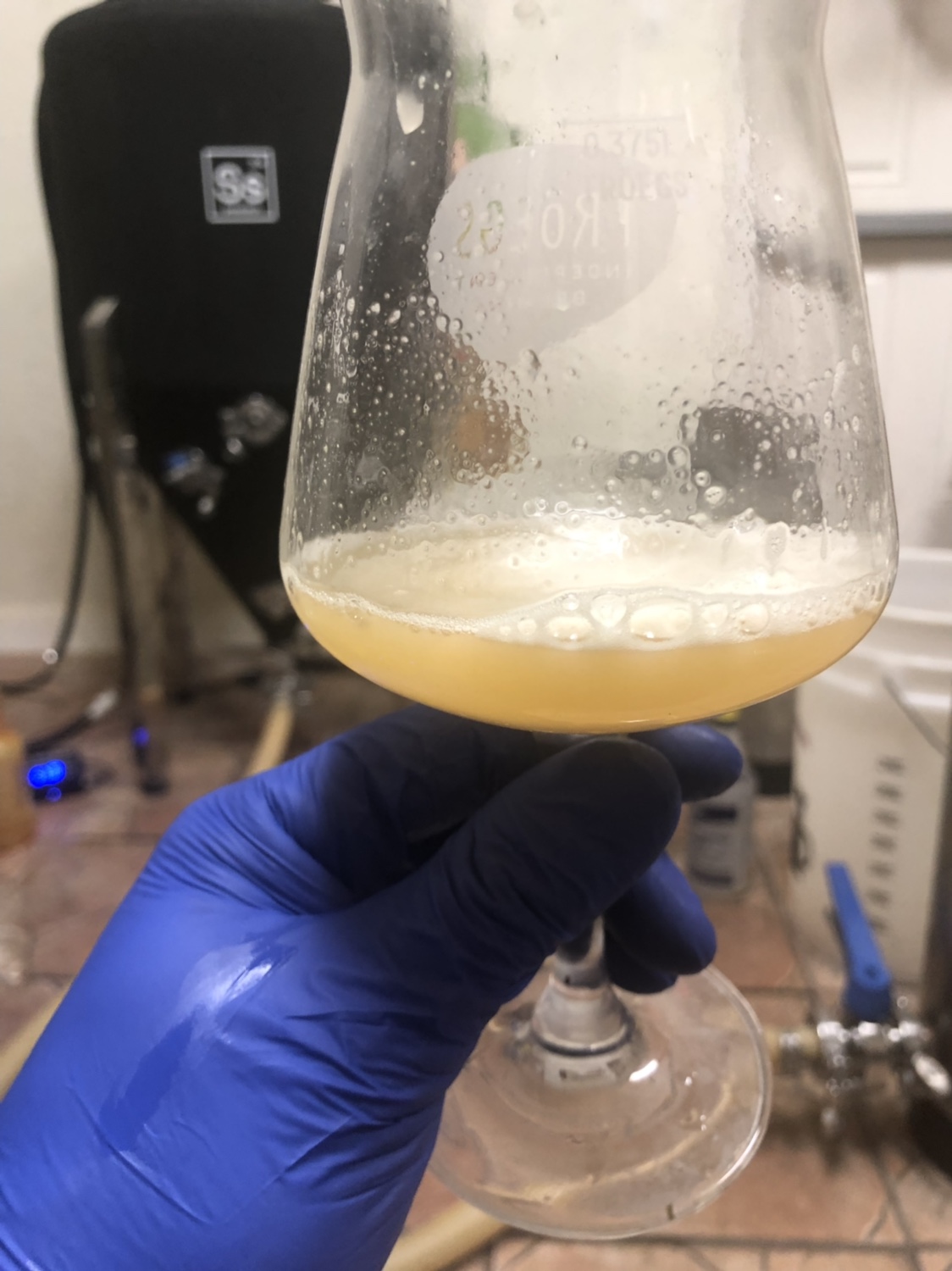brewpharm Hill
Well-Known Member
One of TH curiosity beers was with simcoe and galaxy. The description said it is a combination of hops they don't normally like or use together, but the curiosity beer turned out great. I can't remember which curiosity it was.
Yeah especially for the AU hops. I've never had great luck with the lots that my LHBS has... I took a stab at a galaxy, vic secret, cascade a couple of weeks ago and it came out grassy and bitter with less than impressive aroma. This is using my usual tried and true process.... I should've been lighter handed given the higher AA % of those hops, but still that fruity AU hop flavor isn't nearly as present. This has been my experience with the two AU hop IPAs I've made.
Yeah but you don’t have their Simcoe... that’s another issue these hops can really vary from lot to lot based on picking window and where it’s grown and Galaxy pretty much overpowers everything for that matter. Wouldn’t surprise me if it’s small amounts of Simcoe and Amarillo. I know for a fact it had both those hops in it at one point.
But still trying to replicate these beers with the hops we as homebrewers get is a serious stab in the dark. The stuff we have to work with is generally so far down the pecking order.
Yeah especially for the AU hops. I've never had great luck with the lots that my LHBS has... I took a stab at a galaxy, vic secret, cascade a couple of weeks ago and it came out grassy and bitter with less than impressive aroma. This is using my usual tried and true process.... I should've been lighter handed given the higher AA % of those hops, but still that fruity AU hop flavor isn't nearly as present. This has been my experience with the two AU hop IPAs I've made.

























![Craft A Brew - Safale BE-256 Yeast - Fermentis - Belgian Ale Dry Yeast - For Belgian & Strong Ales - Ingredients for Home Brewing - Beer Making Supplies - [3 Pack]](https://m.media-amazon.com/images/I/51bcKEwQmWL._SL500_.jpg)
























